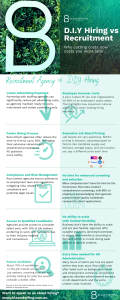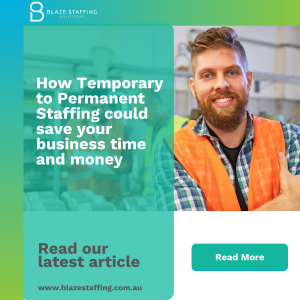Aged Care 2025 Regulatory Changes at a Glance
The aged care sector in Australia continues to face significant regulatory change, with new compliance requirements reshaping how providers manage their workforce. In 2025, three of the most pressing issues for aged care providers are Fair Work Commission wage increases, the requirement for Registered Nurses (RNs) to be onsite 24/7, and the mandated minimum care minutes. Each of these reforms has major implications for staffing, budgets, and the quality of care.
Fair Work Commission Wage Increases
The Fair Work Commission has continued to prioritise wage growth in the aged care sector following the recommendations of the Royal Commission into Aged Care Quality and Safety. Recent rulings have increased award wages across key roles, including personal care workers, enrolled nurses, and registered nurses. While this is a positive outcome for staff recognition and retention, providers are grappling with higher payroll costs.
Impact for providers:
- Increased labour costs impacting operating margins.
- Greater competition for qualified staff as workers are drawn to higher-paying roles.
- Pressure to balance wage increases with financial sustainability.
RN 24/7 Requirements
As of July 2023, aged care homes with 60 or more residents are required to have at least one Registered Nurse onsite 24 hours a day, seven days a week. This requirement continues to present challenges in 2025, particularly for regional and rural providers where the RN workforce is already stretched.
Challenges:
- Difficulty attracting and retaining RNs in a competitive healthcare market.
- Higher costs associated with ensuring around-the-clock RN coverage.
- Compliance risk if facilities cannot meet this mandate.
Minimum Care Minutes
From October 2025, aged care facilities must deliver an average of 215 minutes of care per resident per day, with 44 minutes provided by an RN. This increase in mandated care minutes places additional pressure on providers to balance staffing levels with quality care delivery.
Impact:
- Increased demand for both personal care workers and RNs.
- Greater complexity in workforce planning and rostering.
- Risk of sanctions, fines, or reputational damage if compliance targets are not met.
Why This Matters for Providers
The combination of wage increases, RN 24/7 coverage, and care minute requirements means that aged care providers are under unprecedented pressure to deliver safe, high-quality care while managing workforce shortages and financial constraints. Failure to comply not only risks regulatory action but can also damage a provider’s reputation and resident trust.
At Blaze Staffing, we recognise that workforce stability is central to meeting these obligations. We partner with aged care providers to ensure they have access to qualified, reliable staff who can help them remain compliant while delivering the highest standards of care. With our industry expertise and tailored workforce solutions, we support providers in navigating these reforms with confidence.
Final Word
Regulatory changes in aged care are reshaping the way providers manage staffing. Staying informed and proactive is essential. Blaze Staffing is here to help aged care providers navigate these challenges with confidence.
If your organisation is seeking workforce solutions tailored to the aged care sector, contact Blaze Staffing today.
Sources:
- Fair Work Commission. (2023–2025). Annual Wage Reviews and Aged Care Industry Award Updates. Retrieved from: https://www.fwc.gov.au
- Department of Health and Aged Care. (2023). Registered Nurse 24/7 Requirements. Retrieved from: https://www.health.gov.au
- Department of Health and Aged Care. (2025). Aged Care Quality Standards and Care Minute Requirements. Retrieved from: https://www.health.gov.au










